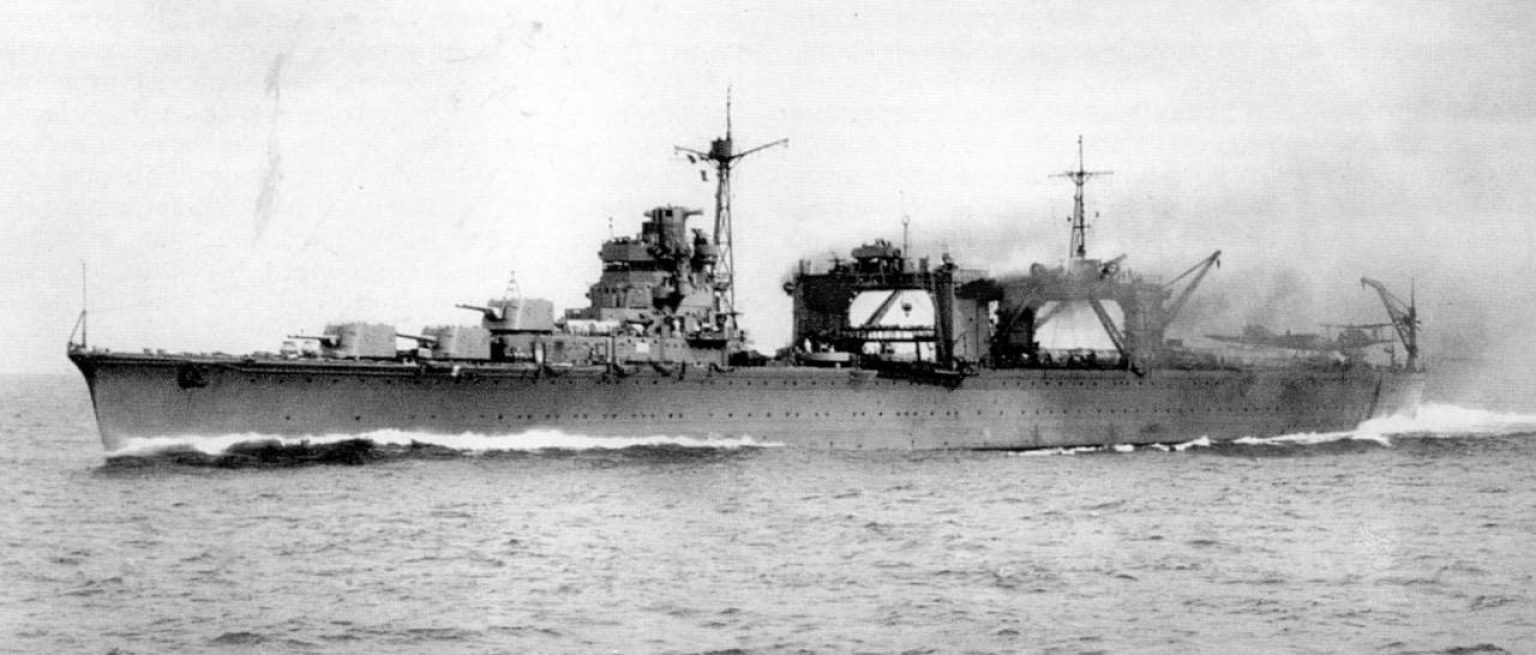This is the Costs of Warships in 1938 from the above in a comprehensible format:Link to Post 179.
(a) Maintenance covers the pay, victualling and miscellaneous expenses of the personnel, naval stores, fuel and armament stores consumed, and the cost of annual docking and repair.
(b) The figure for aircraft covers cost of replacing equipment (assumed life-5 years) plus annual cost of maintenance of personnel and material chargeable to Vote 4. It has been assumed that Capital Ships would carry 3 aircraft and Cruisers 2 aircraft. [The annual cost of one aircraft is £11,500.]
(c) This figure represents the capital cost of building the ship divided by its ‘life’. The lives assumed are:-
Capital Ships 26 years
Carriers 20 years
Cruisers 23½ years
Destroyers 22 years
Submarines 14 years
(d) Large repairs take place about the ninth year of the ship’s life. In the case of a Capital Ship, a second large repair takes place about the eighteenth year. The figure taken for this column represents the aggregate cost of large repair(s) divided by the vessel’s life as scheduled under (c). The actual cost of large repair is, for the most part, conjectural as little or no experience has been gained of these vessels.(e) Submarines are not subjected to ‘Large Repairs’. The average annual cost of all repairs and of periodic renewal of batteries is reflected in column (a).
GENERAL The ‘Maintenance Costs’ make no allowance for the non-effective liability of the personnel borne, which does not mature until years later. But if, as should be the case, it may be assumed that the reduction of any particular vessel enables a consequent reduction to be made in Vote A, there would be an eventual saving to the non-effective votes.
EDIT
I've calculated the total replacement cost by multiplying the ships "life" by the annual replacement cost as follows:
Based on that:
- An aircraft carrier (36 aircraft) costs 25% more to build than an aircraft carrier (15 aircraft) but it can carry 140% more aircraft.
- The building cost of an Aircraft Carrier (36 aircraft) is £112,500 per aircraft.
- The building cost of an Aircraft Carrier (15 aircraft) is £216.667 per aircraft.
- The cruiser "life" of 23½ years fits the requirements for 70 cruisers (of which 10 could be over-age) in the One-Power Standard Fleet and 100 cruisers (of which 15 could be over age) in the Two-Power Standard Fleet. Under the 1LNT a cruiser became over-age 20 years after its date of completion.
- 70 divided by 23½ equals a building rate of 3 ships a year with 60 under-age and 10 over-age ships.
- 100 divided by 23½ equals a building rate of 4¼ ships a year with 85 under-age and 15 over-age ships. IIRC the Admiralty wanted a building rate of 4 ships a year plus a 5th ship every leap year which is an average of 4¼ ships a year.
- The destroyer "life"of 22 years fits the requirement for 22 destroyer flotillas (of which 6 could be over-age) in the Two Power Standard Fleet. Under the 1LNT a destroyer became over-age 16 years after its date of completion.
- 22 divided by 22 years equals a building rate of one flotilla a year with 16 under age and 6 over-age flotillas.
- The total building cost of one J Class destroyer was £499,950.
- The destroyer "life"of 14 years fits the requirement for 82 submarines under the Two Power Standard Fleet (of which 7 could be over-age). Under the 1LNT a submarine became overage 13 years after its date of completion.
- 82 by 14 years produces an annual building rate of 6 boats a year with 78 under-age and 4 over-age boats.
Last edited:

